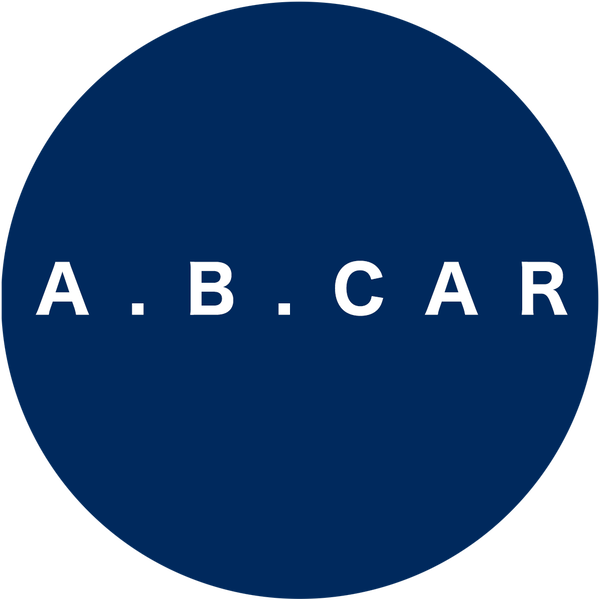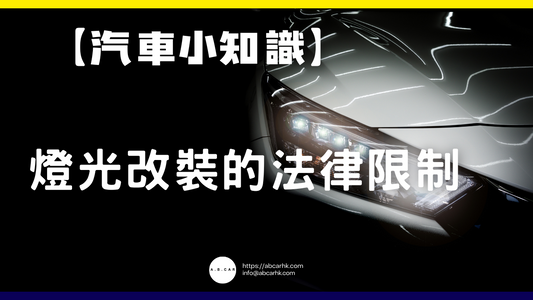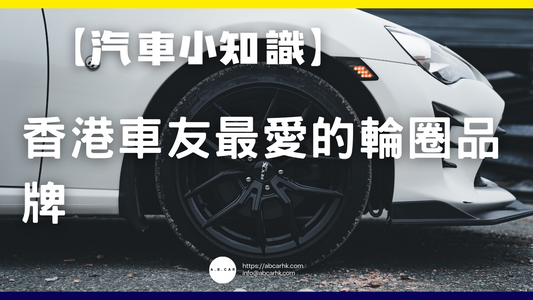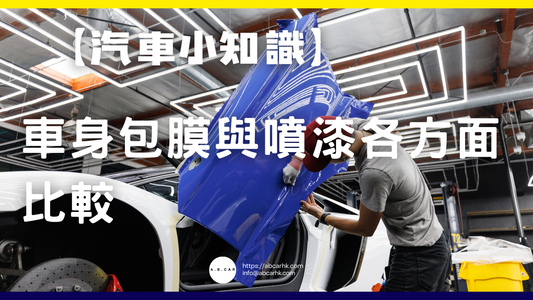【Common Diseases】Stroke

🧠 Stroke Guide (Hong Kong Version)
Stroke is a leading cause of death and disability in Hong Kong. According to the Hong Kong Department of Health , there are thousands of new cases each year, many of which increase mortality or long-term disability due to delayed treatment. Having personally witnessed a loved one suffer a life-changing stroke in just a few minutes, I understand the importance of saving every second.
A stroke is caused by a sudden interruption of blood circulation to the brain, leading to brain cell death due to lack of oxygen. It is mainly divided into two categories:
-
Ischemic Stroke
- Accounting for approximately 80% of stroke cases in Hong Kong
- Cause: Blood vessels are blocked by blood clots (blood clots, atherosclerosis)
-
Hemorrhagic Stroke
- About 20%
- Cause: Cerebral vascular rupture (hypertension, cerebral aneurysm, vascular malformation)
1️⃣ High-risk factors for stroke (common in Hong Kong)
- High blood pressure (high prevalence among adults in Hong Kong)
- High cholesterol and atherosclerosis
- diabetes
- Smoking (including secondhand smoke)
- Atrial fibrillation (AF, which is prone to blood clots)
- Obesity and lack of exercise
- Excessive drinking
- chronic stress
2️⃣ How to identify a stroke (FAST test)
Hong Kong medical staff promote the "FAST" mnemonic to help the public identify stroke signs:
- F (Face) : One side of the face droops when smiling
- A (Arm) : One arm feels weak when raising the hand
- S (Speech) : Speech is unclear and the words do not express the meaning clearly.
- T (Time) : Call 999 for help immediately. Time = brain cells.
Anyone suspected of having a stroke should go to the hospital immediately . Don’t wait!
3️⃣ Acute treatment (every second counts)
⏱ Ischemic stroke
-
intravenous thrombolytic drug (tPA)
- Must be used within 4.5 hours of onset
- Function: dissolve blood clots and restore blood flow
- It can be performed in the emergency room of a public hospital in Hong Kong, but CT/MRI is required to rule out hemorrhagic stroke.
-
Thrombectomy
- Suitable for large blood vessel occlusion, can be considered within 6-24 hours after onset
- Removal of blood clots through a catheter
- Some large hospitals in Hong Kong (such as Queen Mary Hospital and Prince of Wales Hospital) provide
💥 Hemorrhagic stroke
- Control blood pressure and reduce intracranial pressure (using antihypertensive drugs, mannitol, etc.)
-
Surgical hemostasis and decompression
- Removal of hematomas, repair of aneurysms or vascular malformations
- Intensive care unit monitoring
4️⃣ Post-hospitalization treatment and rehabilitation
🩺 Medical Management
- Control risk factors (blood pressure, blood sugar, cholesterol)
- Prevention of subsequent stroke (antiplatelet drugs such as aspirin and clopidogrel; or anticoagulants such as warfarin and DOACs)
🏃♂️ Rehabilitation
- Physical therapy (PT) : Improves mobility
- Occupational therapy (OT) : training in daily living skills
- Speech Therapy (ST) : Improve speech and swallowing function
- Psychological support : dealing with depression and anxiety, helping people adapt to a new life
🏥 Hong Kong Rehabilitation Resources
- Rehabilitation wards in public hospitals (waiting required)
- Community Rehabilitation Day Centre (operated by the Social Welfare Department or non-profit organisations)
- Private physiotherapy clinics (more flexible, more expensive)
5️⃣ Long-term management after stroke (Editor’s tips)
- Strictly control blood pressure (target <130/80 mmHg)
- Regular follow-up visits to check blood sugar and cholesterol
- Quit smoking and drinking
- A balanced diet (less salt and oil, more fruits and vegetables, and whole grains)
- Regular exercise (such as brisk walking, swimming, and tai chi)
- Pay attention to your mental health (join a patient support group)
Editor's note: Stroke patients are at highest risk of recurrence in the first year , so seek medical attention immediately for any new symptoms.
6️⃣ Common myths among Hong Kong citizens
-
"Wait a while and see if it gets better" ❌
Stroke is a medical emergency. The longer you delay treatment, the greater the brain damage. -
"Food health supplements can replace medicine" ❌
There is no clinical evidence that health supplements can prevent/treat stroke, and they may delay regular treatment. -
"No more medicine for hemorrhagic stroke" ❌
It is equally important to control blood pressure, blood lipids and blood sugar, otherwise there is still a risk of recurrence.
7️⃣ Editor’s Summary
During a stroke, millions of brain cells die every minute . Hong Kong's healthcare system already has comprehensive emergency and rehabilitation resources, but the key is for citizens to seek medical attention promptly and to strictly manage risk factors during the recovery period. We recommend regular physical examinations, controlling blood pressure, blood sugar, and cholesterol, and maintaining a healthy lifestyle to reduce stroke risk.
Disclaimer : This article is for reference only and does not constitute any medical advice. The source is referenced from major medical articles.



